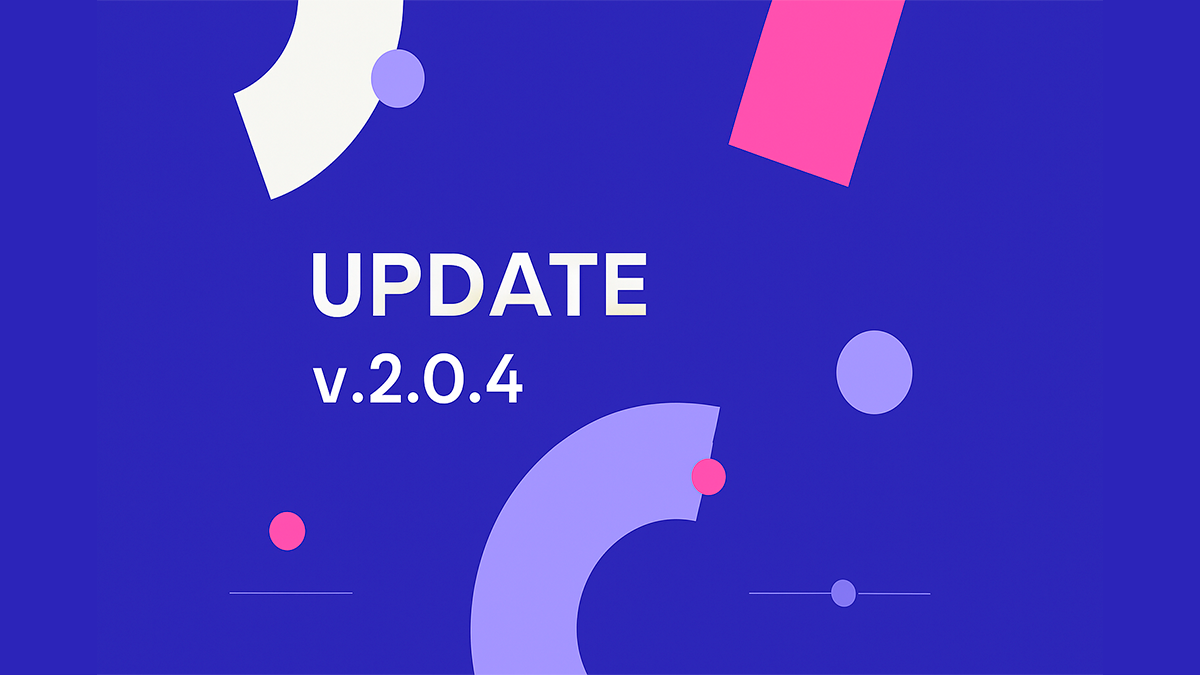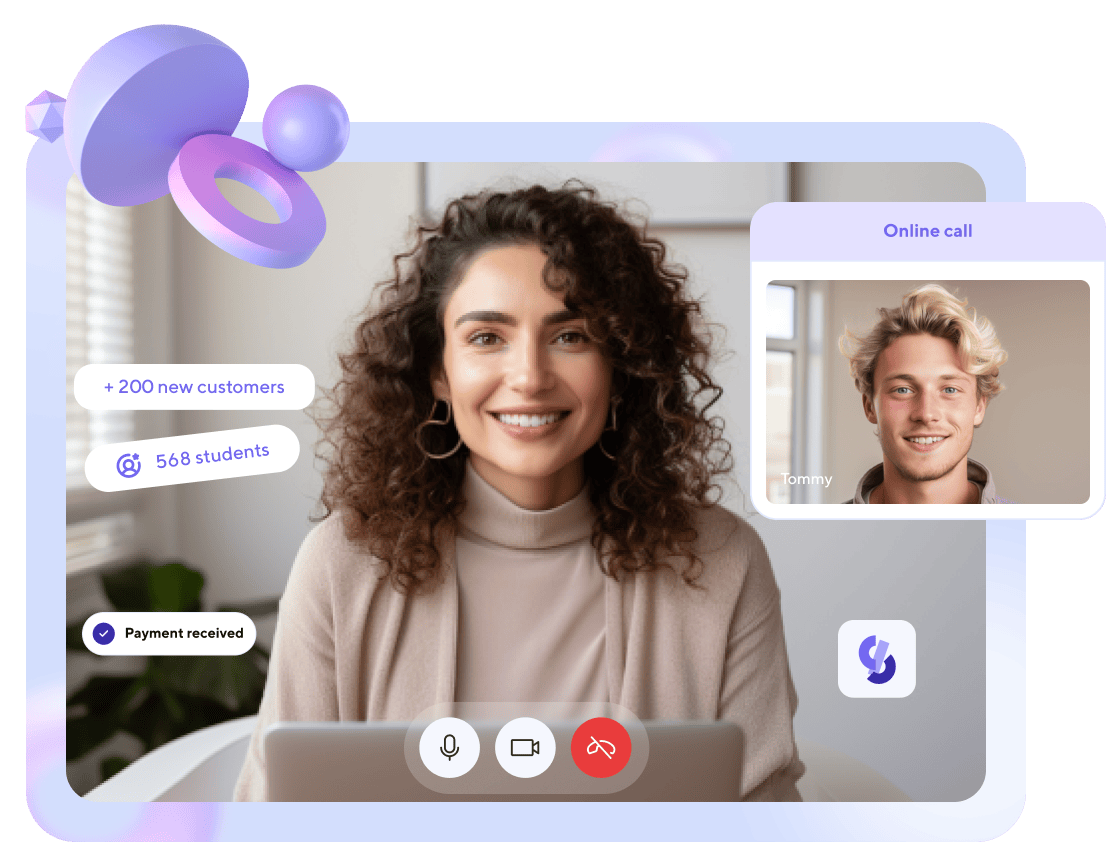The Balance of Synchronous and Asynchronous Learning

In the evolving landscape of education, synchronous and asynchronous learning methods have emerged as prominent strategies for effective knowledge dissemination and skill acquisition. Both methods offer unique advantages and challenges. This article delves deep into understanding the balance of synchronous and asynchronous learning, their distinctive characteristics, and how to optimally integrate them for maximal educational outcomes.
1. Definitions: Understanding the Basics
Synchronous Learning: This method of teaching and learning occurs in real-time, often with the instructor and students interacting simultaneously. Common formats include in-person classes, live webinars, and video conferences.
Asynchronous Learning: In this format, learning materials are provided to the student to access and complete at their own pace, without real-time interaction with an instructor. Examples are recorded lectures, online modules, and discussion boards.
2. Advantages of Synchronous Learning
Instant Feedback: Students can ask questions and get answers in real-time, allowing for immediate clarification on complex subjects.
Collaboration and Engagement: The dynamic nature promotes group activities, discussions, and debates, fostering a community of learners.
Structured Environment: Provides a consistent schedule, which many students find conducive to learning.

3. Advantages of Asynchronous Learning
Flexibility: Students can access content whenever and wherever, which is beneficial for those juggling multiple responsibilities.
Self-Paced: Enables students to spend more time on challenging topics and skim through what they already know.
Revisitability: Materials, especially digital content, can be revisited multiple times for better understanding.
4. Challenges of Synchronous Learning
Schedule Conflicts: Fixed schedules might not be convenient for everyone, especially international students in different time zones.
Tech Issues: Live sessions can be hampered by technological glitches or unstable internet connections.
Reduced Individual Attention: In larger groups, individual students might feel left out or unable to participate fully.
5. Challenges of Asynchronous Learning
Lack of Immediate Feedback: The absence of real-time interaction can make it hard for students to get quick clarifications.
Potential for Isolation: Without live interactions, students may feel disconnected or isolated.
Self-Discipline Required: The onus is on the student to stay motivated and keep pace with the coursework.

6. Striking the Balance
The optimal blend of synchronous and asynchronous learning depends on the course content, student needs, and the resources available. Here are some strategies to achieve this balance:
Hybrid Models: These models mix face-to-face instruction with online activities. For instance, a course could have live lectures once a week and provide supplemental material online for self-study.
Flipped Classroom: This innovative method involves students accessing lecture content (videos or readings) before the class, leaving the actual class time for discussions, group projects, and practical exercises.
Feedback Loops: For asynchronous sessions, establish robust feedback mechanisms like weekly Q&A sessions or dedicated discussion forums.
Peer Interactions: Promote group projects, peer reviews, and discussion boards in asynchronous setups to foster a sense of community.
Personalized Learning Paths: Allow students to choose between attending a live session or watching a recorded version based on their convenience and learning preferences.
7. Tools and Technology
Several tools have emerged to support both forms of learning:
- Learning Management Systems (LMS): Platforms like Softbook allow educators to post materials, quizzes, and do evaluation.
- Video Conferencing Tools: Zoom, Microsoft Teams, and Google Meet facilitate real-time interactions. In addition, Zoom is integrated into the Softbook, making video conferencing even more convenient.
- Discussion Boards: Discussion features in LMS platforms support asynchronous queries and interactions.
Conclusion
In the age of digital education, striking the right balance between synchronous and asynchronous learning can optimize the learning experience. By understanding the strengths and weaknesses of both approaches, educators can craft an integrated approach that caters to diverse learning needs, preferences, and schedules. Embracing both methods not only broadens the accessibility of education but also enriches its quality and depth.
Articles are good, but social media posts are faster!
Subscribe to us and be the first to receive tips and tricks
on promoting your online school!


Earn money on your knowledge and experience with
Softbook!
to the platform for setting up your own school!





